Optimal Timing for Roofing Services
Understanding the optimal timing for roofing services can influence the durability and effectiveness of repairs or installations. Weather conditions, temperature, and seasonal patterns play significant roles in scheduling roofing work to ensure quality results and safety.

Spring offers moderate temperatures and less rain, making it ideal for roofing projects.
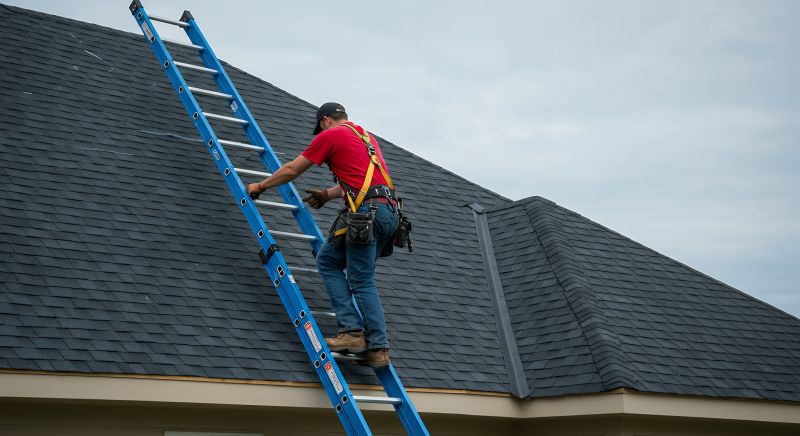
Summer provides longer daylight hours, but high heat can affect materials and working conditions.

Fall's cooler temperatures and dry weather create favorable conditions for roofing work.
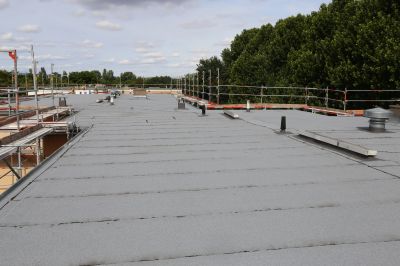
Ways to make Roofing Service work in tight or awkward layouts.

Popular materials for Roofing Service and why they hold up over time.

Simple add-ons that improve Roofing Service without blowing the budget.

High-end options that actually feel worth it for Roofing Service.
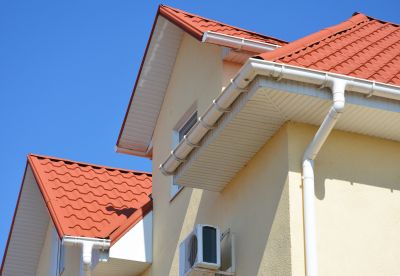
Finishes and colors that play nicely with Roofing Service.
Roofing services involve replacing, repairing, or maintaining the protective covering of a building. Proper timing ensures the longevity of materials and reduces the risk of weather-related disruptions. For example, extreme cold or heat can compromise certain roofing materials, leading to potential issues down the line.
Scheduling roofing work during dry, mild weather minimizes delays and material damage.
Different roofing materials perform best within specific temperature ranges, influencing timing decisions.
Spring and fall typically offer optimal conditions for roofing projects due to moderate temperatures and lower precipitation.
Warmer seasons often allow for faster project completion due to longer daylight hours and better weather.

Spring is an excellent time for inspections to identify winter damage.
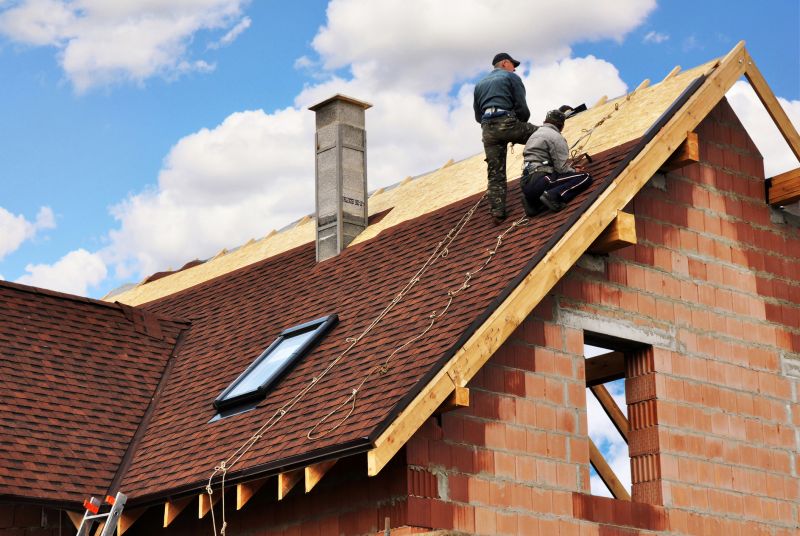
Summer's longer days facilitate completing extensive roofing work.
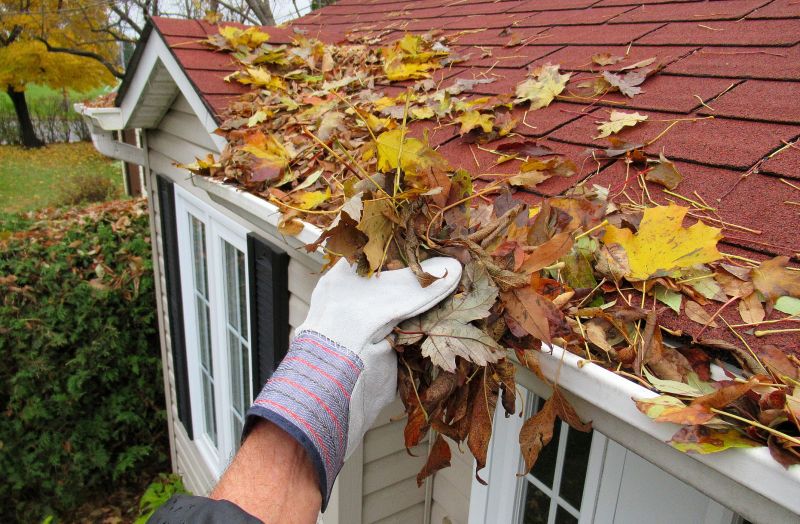
Fall prepares roofs for winter, preventing issues caused by cold weather.

Winter presents challenges such as snow and ice, making roofing work more difficult.

Little measurements that prevent headaches on Roofing Service day.
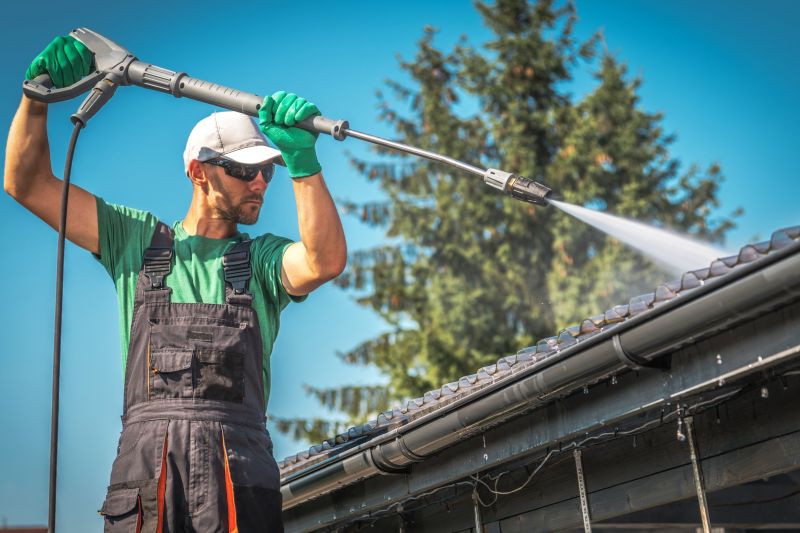
A 60-second routine that keeps Roofing Service looking new.
| Season | Ideal Roofing Conditions |
|---|---|
| Spring | Moderate temperatures, less rain, good for repairs and installations. |
| Summer | Longer daylight hours, but high heat; suitable for durable materials. |
| Fall | Cooler temperatures, dry weather, ideal for preparation before winter. |
| Winter | Cold, snow, and ice make roofing work challenging and less recommended. |
Choosing the right time for roofing services can enhance the quality and lifespan of the roofing system. Proper planning based on seasonal weather patterns helps prevent delays and reduces potential issues caused by adverse conditions. Consulting with roofing professionals can assist in selecting the most suitable timing for specific needs.
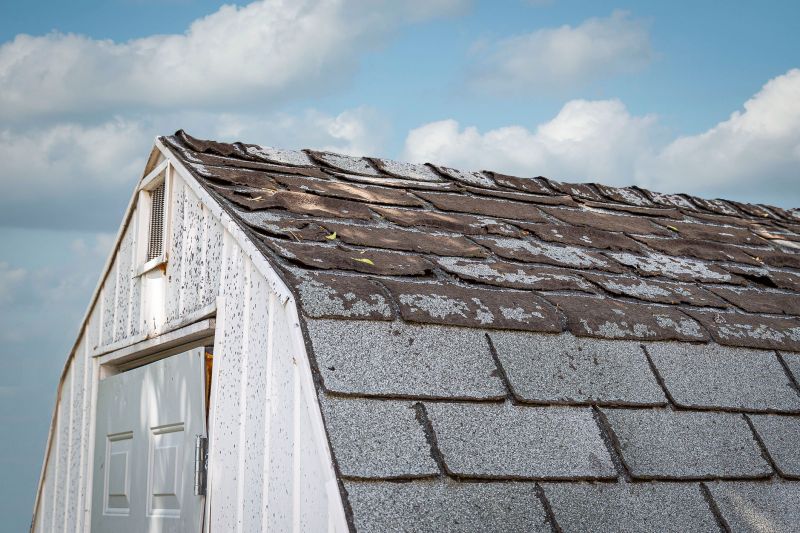
Ideal for repairs and maintenance after winter damage.
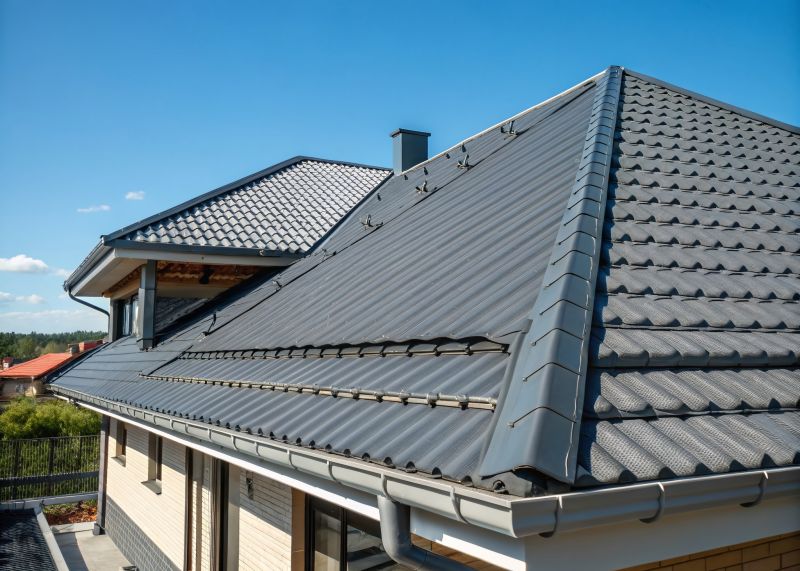
Suitable for new installations and extensive repairs.

Prepares roofs for winter weather and reduces future risks.
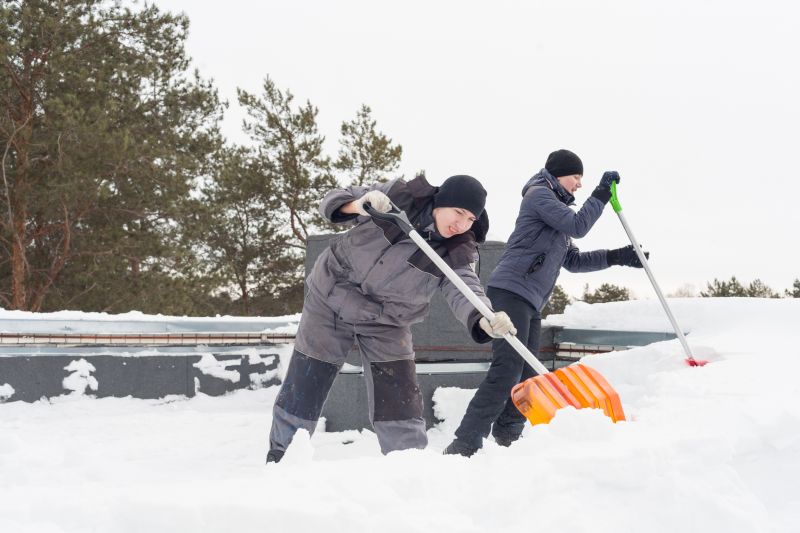
Challenging season, best avoided unless necessary.

A frequent mistake in Roofing Service and how to dodge it.

Small tweaks to make Roofing Service safer and easier to use.

Lower-waste or water-saving choices for Roofing Service.

The short, realistic tool list for quality Roofing Service.
Interested in scheduling roofing services? Filling out the contact form can provide guidance on the best timing and options for specific roofing needs. Properly timed work can ensure durability and optimal performance of roofing systems.
